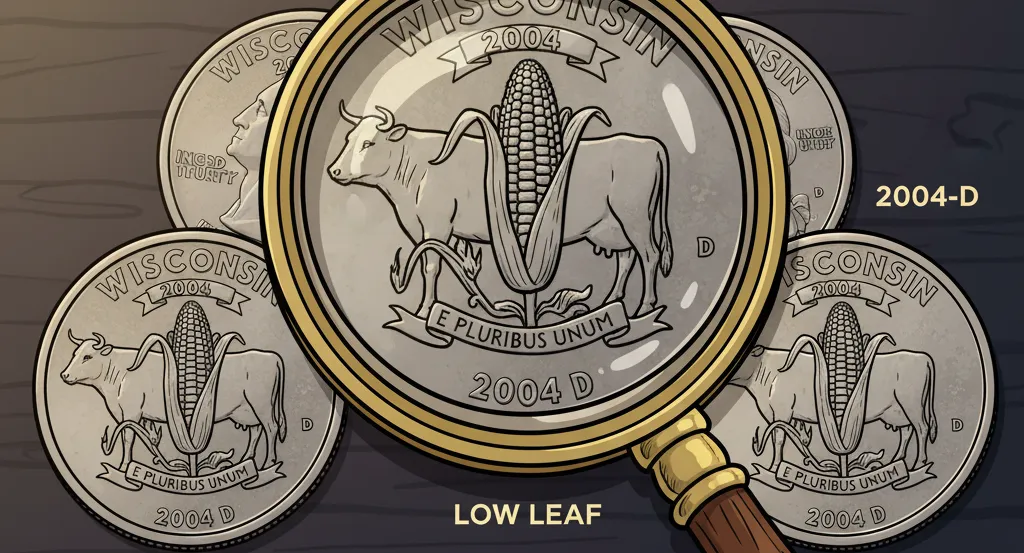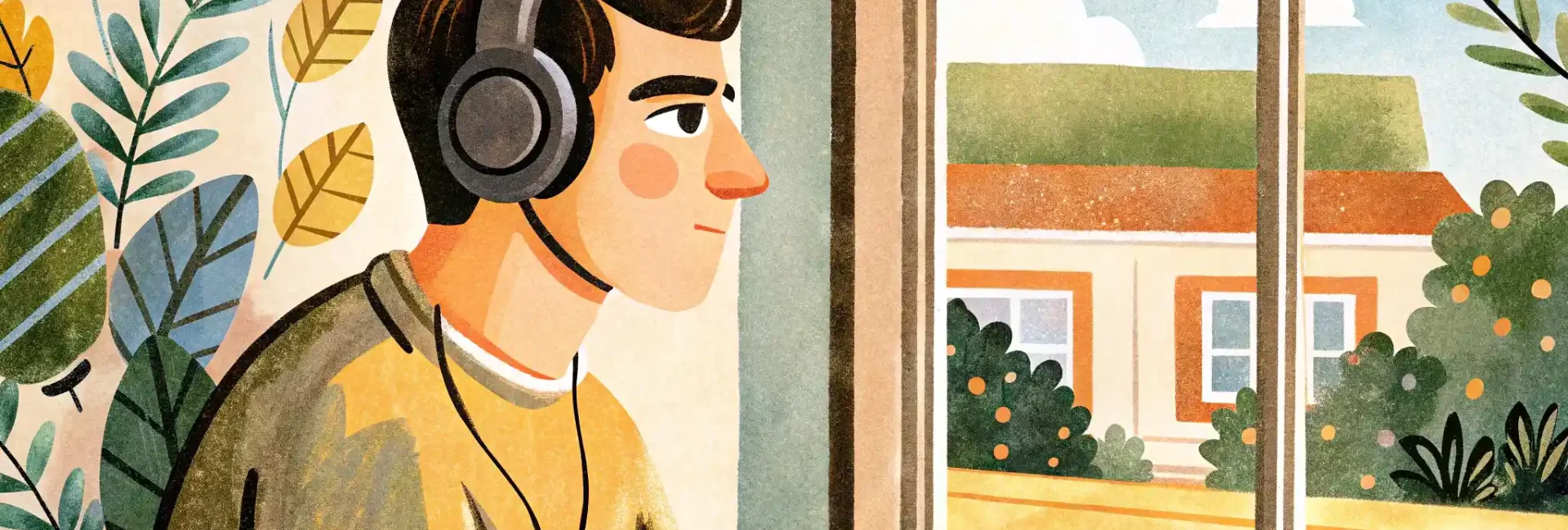History in Your Pocket: How to Identify and Value European Coins
When most people glance at the coins in their pockets, they see only loose change. But for the curious collector, these coins are miniature masterpieces—physical fragments of Europe’s rich and layered past. If you know how to check old coins value, you start carrying so much worth in your pocket! Let’s see which modern instruments and professional strategies can help you learn this skill from zero.
Why Collect European Coins?
Before diving into identification techniques or valuation tips, it’s essential to understand the why behind the hobby. What makes European coins so captivating?
● Every Coin Tells a Story
Each European coin is a window into its origin. A simple 50-cent piece from Italy could feature Dante Alighieri, while a commemorative €2 from France might honor the D-Day landings. These designs aren’t random—they represent national pride, historical milestones, and iconic cultural symbols. Unlike paper currency, which changes frequently, coins can stay in circulation for decades, carrying their stories from hand to hand.
● Unmatched Variety
Europe’s numismatic diversity is astounding. Consider the transition from ancient Roman coins to medieval silver pennies, then on to the modern euro with its uniform structure but nationally distinct design. Each country in the eurozone mints its own version of common denominations, leading to hundreds of different styles and motifs even among currently circulating coins.
Not to mention the legacy currencies—French francs, Spanish pesetas, German marks, and Italian lire. These coins, while no longer legal tender, are cherished by collectors for their design and historical context.
● Hidden Value in Spare Change
Beyond the historical significance lies the potential for profit. Certain coins—especially commemoratives, limited mintage editions, or those with minting errors—can fetch hundreds or even thousands of euros on the secondary market. For instance, the 2007 Monaco €2 Grace Kelly coin, with its limited release, has become a high-demand item, sometimes selling for over €1,000. Even coins as recent as 2002 can hold significant worth if they’re rare enough or in pristine condition.
Whether you’re drawn by the artistry, the nostalgia, or the market value, collecting European coins offers something for everyone.
How to Identify European Coins
You’ve got a mysterious coin in your hand—what now? Proper identification is the first step to uncovering its origin, story, and potential value. Here’s how to approach the process like a pro.
1. Examine the Coin’s Design and Markings
Start with the obvious—what does the coin actually look like?
- Country of Origin: Look closely at the inscriptions or national symbols. While all euro coins share a common side (with the denomination), the national side varies by country. For example, Ireland features the Celtic harp, Germany showcases the Brandenburg Gate, and Greece often uses classical motifs.
- Denomination and Year: The value of the coin is usually printed on the shared side in euros or cents. The minting year is typically found on the national side or at the coin’s edge, depending on the country.
- Material and Size: A coin’s composition tells a lot about its era. Modern euro coins use copper and nickel alloys, but older coins may contain silver or even gold. Measuring the diameter and thickness can help differentiate between similar coins from different countries or years.
2. Recognize Unique Symbols and Mint Marks
Many European coins—especially those produced in earlier centuries—include small symbols indicating where they were minted. For instance, an “F” might represent a Parisian mint, while “R” could signify Rome. These marks, along with lettering style, can narrow down the date and location of minting.
For coins predating the euro, such as the German Deutsche Mark or the Spanish peseta, these mint marks become even more crucial for identification, as design changes often occurred within a single country over short time spans.
Leverage Modern Technology: Coin ID Scanner App
Gone are the days of flipping through thick reference books to identify obscure coins. Technology has transformed coin collecting into a far more accessible and engaging activity—especially through the use of AI-powered apps.
Coin ID Scanner is one of the leading tools in this space. It allows users to take a quick photo of any coin and receive an instant analysis. The app’s features include:
- ✅ Country and Year Identification
- ✅ Denomination and Composition
- ✅ Rarity Assessment
- ✅ Current Market Value
- ✅ Minting Details
Its database covers over 150,000 coins and is updated regularly, making it reliable for even lesser-known issues. The AI-driven image recognition is particularly helpful for beginners who may not yet know what details to look for manually. And also there is a virtual AI assistant — any time you need help you can ask it without spending too much time formulating your request.

What Determines a Coin’s Value?
To assess a coin’s market value or collectability, experts look at several key attributes. Here’s a breakdown in a structured table for clarity:
| Factor | Description |
| Rarity | Coins with limited mintages, unique errors, or short circulation periods are highly sought after. |
| Condition (Grade) | Coins are evaluated on a scale (e.g., Good to Mint State) based on wear, luster, and overall preservation. |
| Demand | Popularity among collectors drives prices—commemoratives or culturally significant coins often trend higher. |
| Historical Significance | Coins marking major events, political changes, or iconic figures gain prestige and value over time. |
Each factor amplifies the other. For example, a rare coin in mint condition that commemorates a pivotal historical event could be a numismatic treasure worth hundreds—or even thousands—of euros.
Euro Coins That Could Be Worth a Fortune
The euro, introduced in 2002, brought unified currency to much of Europe. But despite its standard denominations, many euro coins have already gained legendary status among collectors due to their scarcity or backstories. Here are some top examples:
• 2002 Greece €2 Coin
Issued to celebrate the Athens Olympics, this coin is rare due to low mintage and limited distribution. In good condition, it can be valued at over €50—25 times its face value.
• 2007 Monaco €2 Grace Kelly
One of the most famous modern collectible coins, this features a portrait of Grace Kelly, Princess of Monaco. Only 20,001 were minted. Its limited run and elegant design make it a collector’s dream, with values reaching over €1,000 on secondary markets.
• 2004 Finland €2 Coin (Enlarged Map Error)
Some of these coins mistakenly featured an outdated European map, omitting new EU members. These error coins are now considered rare variants, especially in uncirculated condition.
Where to Check Market Prices
If you’re looking to sell or insure your collection, or simply understand its worth, current market prices are critical. The coin market—like any collectible economy—fluctuates based on trends, auctions, and demand spikes.
Recommended Sources:
- Euro-Coins.tv
This is a goldmine for euro coin enthusiasts. It lists real-time values for all eurozone countries and includes commemorative editions, rare variants, and mintage statistics. - Online Auction Platforms
eBay, Delcampe, and MA-Shops provide real-world selling data. Look at completed listings, not just asking prices, for a realistic view. - Numismatic Forums
Sites like CoinTalk and Numista let collectors compare values, share finds, and verify authenticity. They’re excellent for staying in the loop about recent discoveries and fakes to watch out for.
Getting Started: Tips for New Collectors
Whether you’ve found an old coin in a drawer or inherited a mixed bag from a grandparent, every collection starts somewhere. Here’s how to turn scattered coins into a structured hobby:
1. Start with Circulation Coins
Begin by collecting standard coins from eurozone countries. These are easy to find, often still in use, and great for learning the basics of design recognition, mint marks, and denomination variants.
2. Focus on Commemoratives
Many European countries issue commemorative €2 coins featuring historical figures, events, or cultural themes. These coins are legal tender, so they may even turn up in your change—but some have surprisingly high resale value.
Pro Tip: Build country-specific sets (e.g., all €2 coins from Spain) or thematic sets (e.g., coins featuring writers, monarchs, or architecture) to add direction to your collection.
3. Set a Budget and Stick to It
It’s easy to get swept up in auction excitement or rare finds. But setting a clear budget helps you build gradually without overspending. Decide if you’re collecting for fun, history, investment—or a mix—and plan accordingly.
4. Avoid Cleaning Coins
Cleaning old coins might seem like a good idea, but it can actually reduce their value. Even gentle cleaning can leave tiny scratches or remove natural patina, which collectors value for authenticity.
Track Your Collection with Ease
Gone are the days of bulky binders and handwritten spreadsheets. Tools like Coin ID Scanner offer robust collection management features:
- 📸 Snap and Save Coins to Your Digital Inventory
- 🧠 AI Analysis for Authentication and Estimation
- 📊 Track Value Fluctuations Over Time
- 🏷 Add Tags, Notes, and Location Information
By cataloguing your collection digitally, you not only ensure easy access but also create a backup in case of theft or loss—especially important for rare or high-value coins.
European coins are more than metal—they are capsules of history, snapshots of national pride, and, sometimes, hidden treasures. Whether you’re holding a euro commemorative or a silver coin from centuries past, each piece has a story waiting to be uncovered.
And now, with intuitive tools like Coin ID Scanner, identifying and valuing those coins is just a photo away. So the next time you receive change on a trip to Italy or stumble across an old tin box in the attic, take a closer look—you could be holding a piece of history in your hand.
Start your collection today, stay curious, and let the past unfold—one coin at a time.






